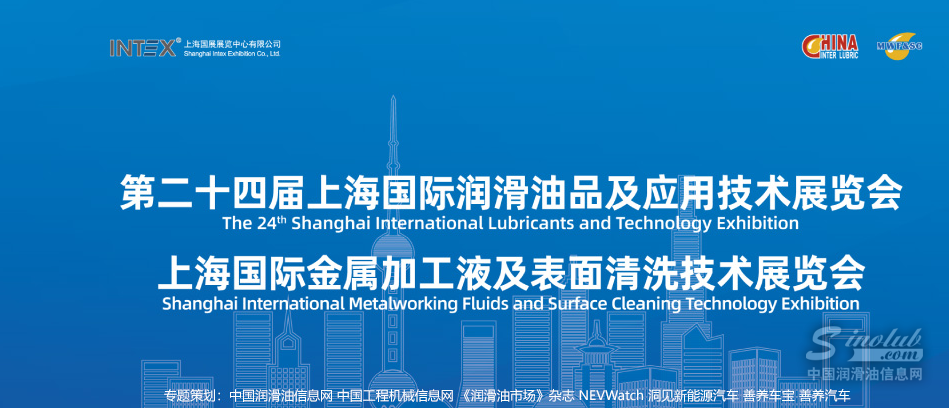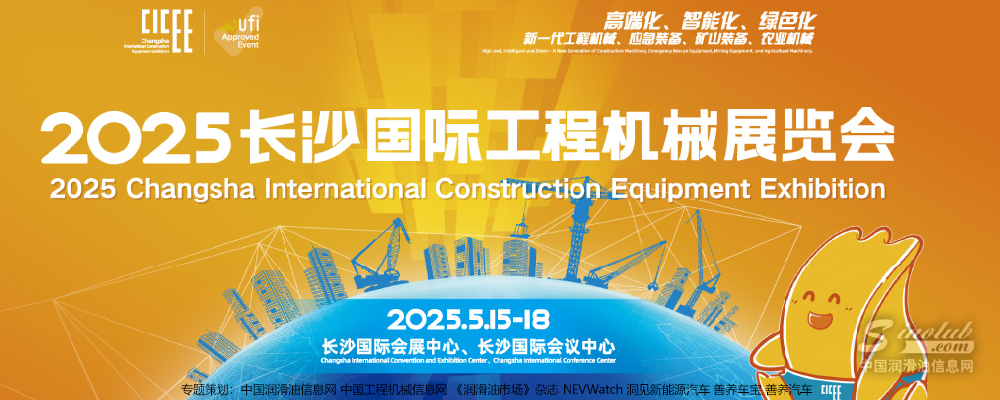电动汽车(EV)的发展正在迅速发展,但一个问题仍然很关键:单一流体能否满足EV的热管理需求?加雷斯·布朗,路博润的动力添加剂技术经理,在美国明尼苏达州明阿波利斯市举行的第78届年度会议和展览会上谈到了这个问题。在五月。
尽管没有内燃机,但电池电动车(BEV)面临重大的热管理问题。布朗强调,电池、电动机和逆变器的效率低下会产生大量热量,需要先进的解决方案来维持最佳性能和安全性。

电池温度控制:锂离子电池需要在15℃至35℃范围内运行。偏差会加速退化,增加火灾风险。
电动机和逆变器冷却:保护永磁体不受退磁的影响,防止腐蚀和导电沉积物,对于保持电动机的效率和寿命至关重要。
配方液体的作用
布朗介绍的数据表明,特殊配方的热处理液明显优于传统的合成基础油。在指甲穿透试验中,一种专用的热液限制热失控到一个单一的电池,而合成基础油则允许所有的电池经历热失控。
性能提高:改进的热液可以降低发动机温度,提高连续功率输出高达16%。

EV架构考虑
随着电动机架构的发展,有一个趋势,集成系统将电动机、逆变器和变速器合并成单个单元。然而,这种一体化给热管理带来了挑战:
集成系统的薄流体:集成变速器需要提供有效的传热而不损害齿轮保护的流体。
模块化方法:布朗质疑将逆变器分离用于独立热管理是否能产生更好的性能和安全性。
具有较高工作周期的商用车辆可能受益于高容量电池的浸没冷却等替代办法。公路以外的车辆,面对强烈的条件,可能需要单独的热管理电动机和逆变器,以处理不同的工作周期。
未来方向
卢布里索的研究表明,单流体方法或单独的部件都不完全满足现代电动汽车的需要。取而代之的是一个中间的场景,流体被函数分离(热相对于。摩擦学的),看起来很有前途。这一方法使热部件的热性能得到优化,齿轮和轴承得到充分的保护。
结论
布朗强调,流体制造商必须提供多种解决方案,以增强工程师的能力,避免限制电动汽车行业的技术进步。随着电动汽车结构的不断发展,未来可能会有适合客车和高性能自行车具体需求的集成流体系统。
Can a single fluid meet all electric vehicle needs?
Electric vehicle (EV) development is rapidly evolving, but one question remains critical: Can a single fluid meet all the thermal management needs of EVs? Gareth Brown, technology manager of Driveline Additives at Lubrizol, addressed this issue during the 78th STLE Annual Meeting & Exhibition in Minneapolis, Minnesota, U.S.A. in May.
Despite the absence of a combustion engine, battery electric vehicles (BEVs) face significant thermal management issues. Brown highlighted that inefficiencies in battery cells, motors, and inverters generate substantial heat, requiring advanced solutions to maintain optimal performance and safety.
Battery Temperature Control: Lithium-ion batteries need to operate within 15°C to 35°C. Deviations can accelerate degradation and increase fire risks.
Motor and Inverter Cooling: Protecting permanent magnets from demagnetisation and preventing corrosion and conductive deposits are essential for maintaining motor efficiency and longevity.
The role of formulated fluids
Brown presented data showing that specially formulated thermal management fluids significantly outperform traditional synthetic base oils. In a nail penetration test, a dedicated thermal fluid limited thermal runaway to a single cell, whereas synthetic base oil allowed all cells to experience thermal runaway.
Enhanced Performance: Improved thermal fluids can reduce motor temperatures, enhancing continuous power output by up to 16%.
EV architecture considerations
As EV architectures evolve, there is a trend towards integrated systems that combine motors, inverters, and transmissions into single units. However, this integration poses challenges for thermal management:
Thin Fluids for Integrated Systems: Integrated transmissions require fluids that provide effective heat transfer without compromising gear protection.
Modular Approaches: Brown questioned whether separating the inverter for standalone thermal management could yield better performance and safety.
Commercial vehicles, with higher duty cycles, may benefit from alternative approaches such as immersion cooling for high-capacity batteries. Off-highway vehicles, facing intense conditions, might require separate thermal management for motors and inverters to handle varying duty cycles.
Future directions
Lubrizol’s research suggests that neither a single-fluid approach nor separate components entirely meets modern EV needs. Instead, a middle-ground scenario, where fluids are separated by function (thermal vs. tribological), appears promising. This approach enables optimised thermal properties for hot components and adequate protection for gears and bearings.
Conclusion
Brown emphasised that fluid manufacturers must offer diverse solutions to empower engineers and avoid limiting technological advancements in the EV industry. As EV architectures continue to develop, the future likely holds integrated fluid systems tailored to the specific needs of passenger cars and high-duty cycle vehicles.
To read the full version of this article, check out the digital edition of the Q3 2024 issue of F+L Magazine.
















发表评论
最新评论